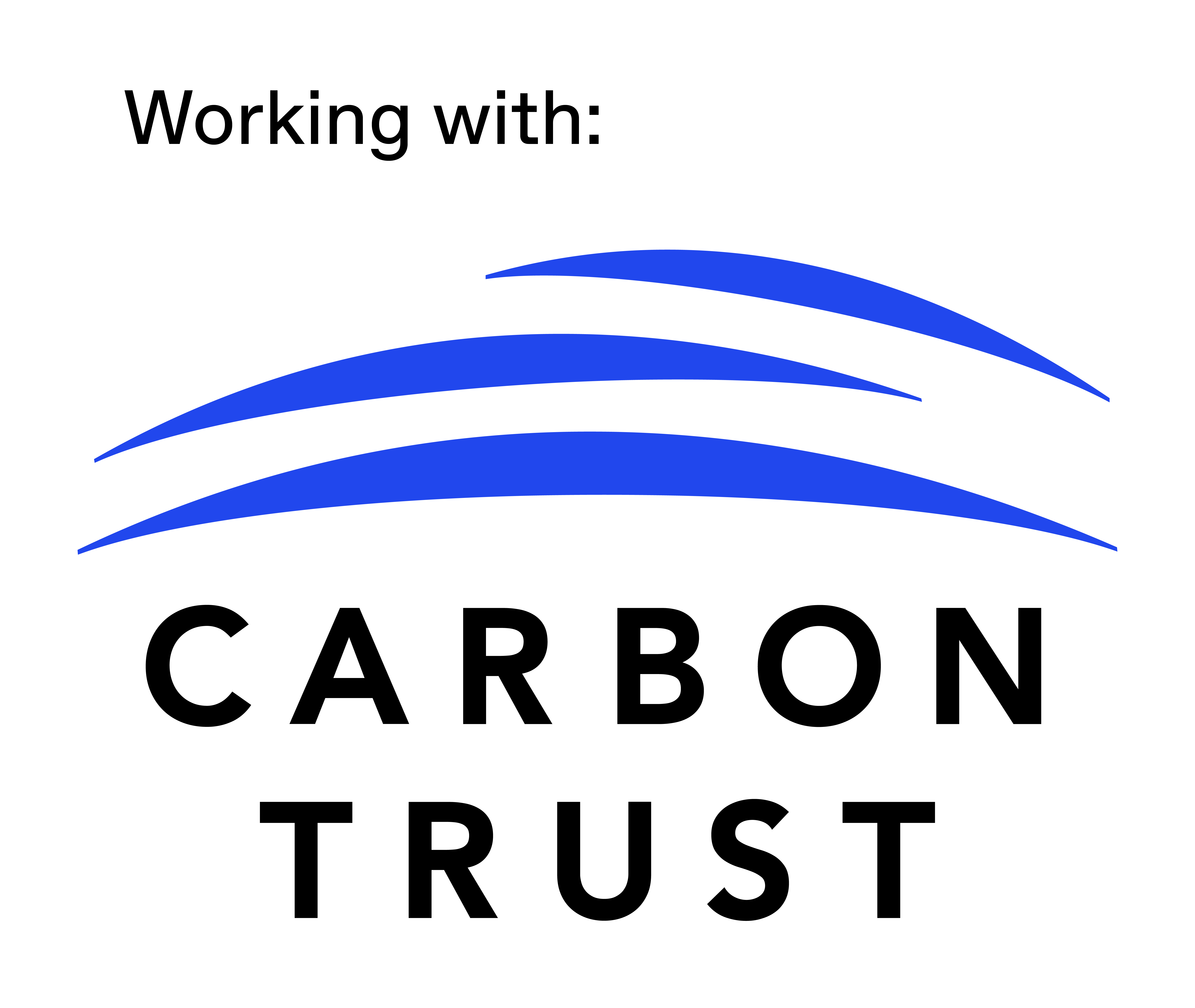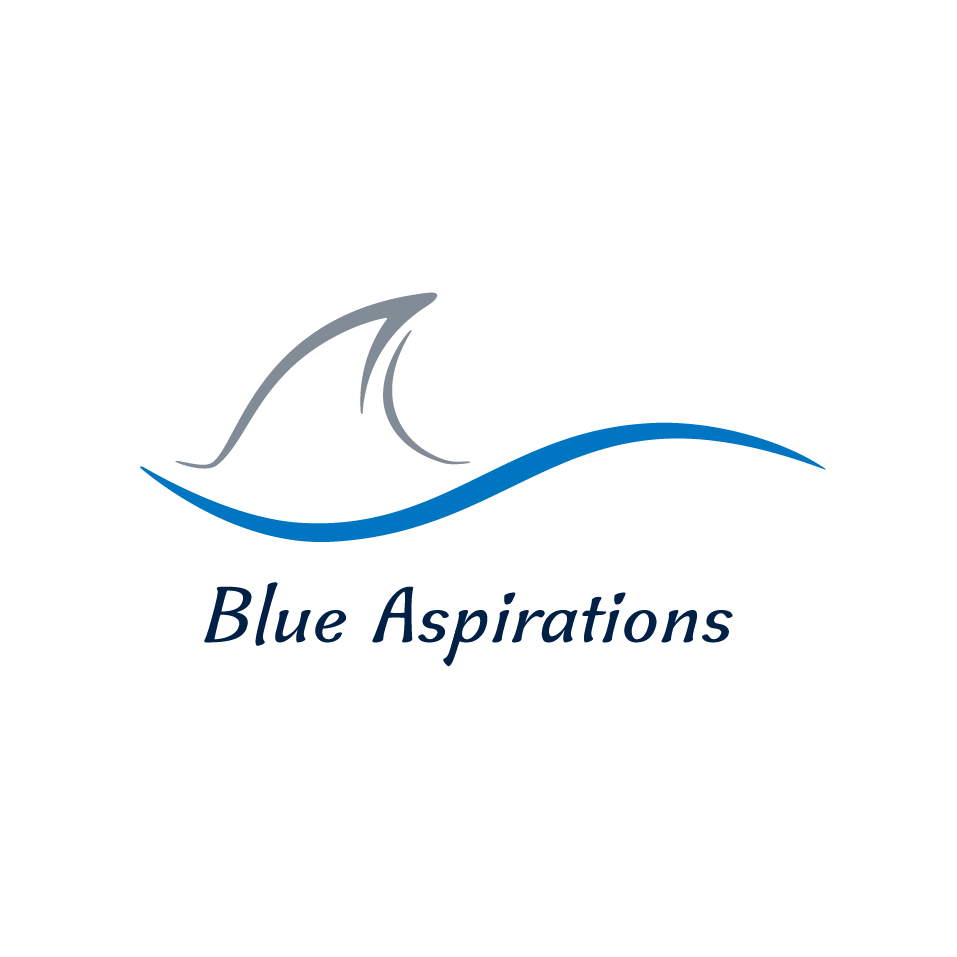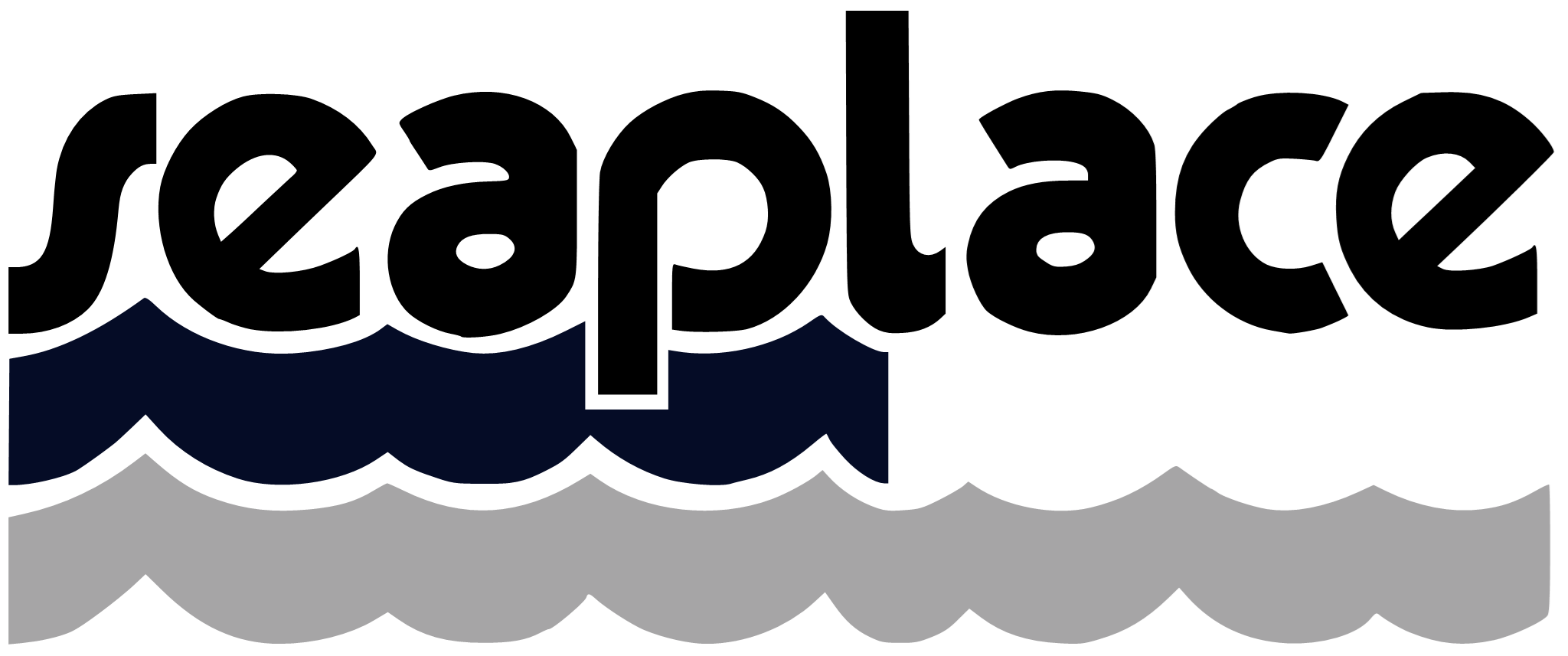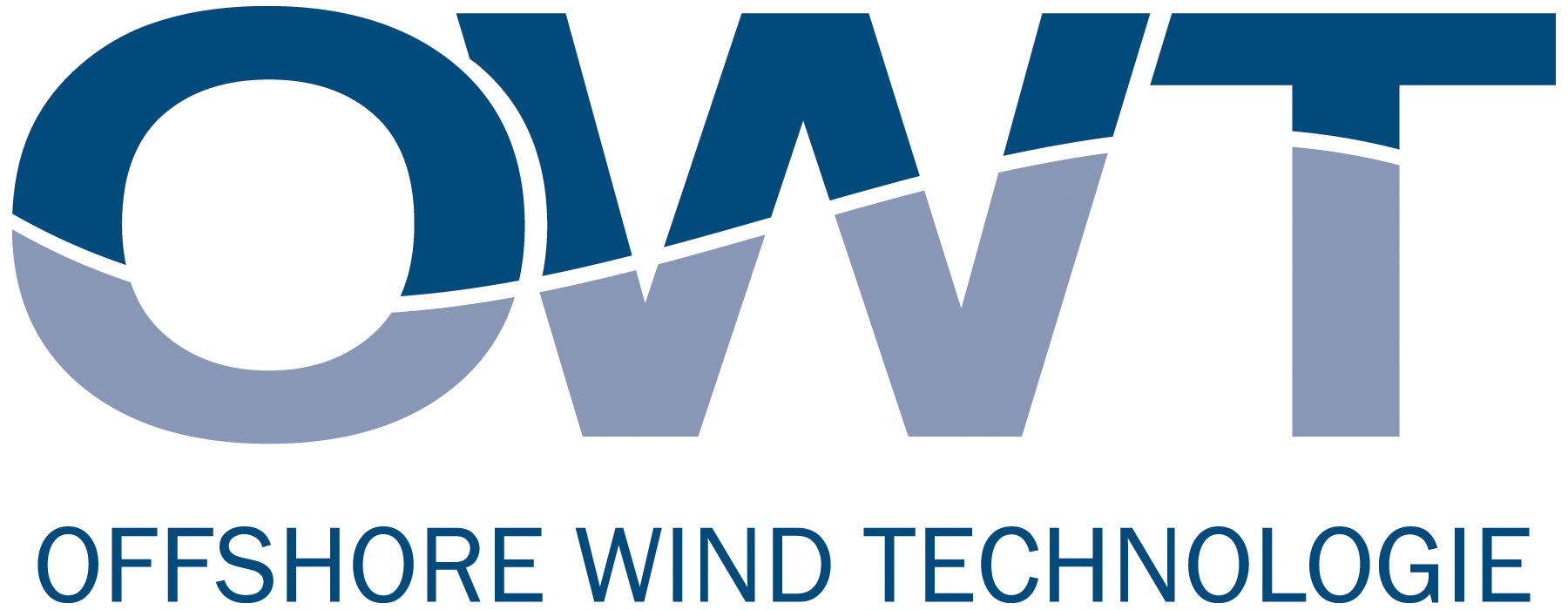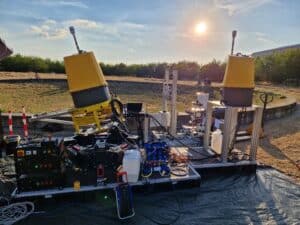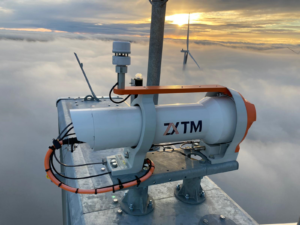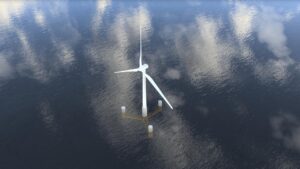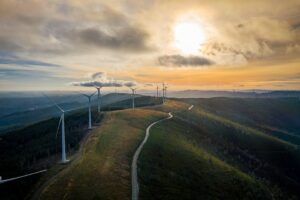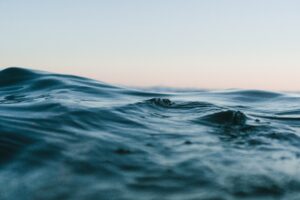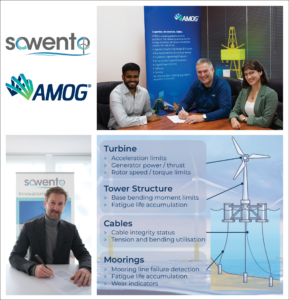From the project results of the VAMOS project, and our continuous investigations on lidar-assisted control and floating wind turbines simulation and control, we have compiled a Recommended Practices report.
The development of floating wind turbines has opened new spaces of designing and operating wind turbines. Because of the floating platform, the entire system faces more motions and experiences interactions not only with the wind, but also with the hydrodynamics with the waves and current, and the mooring lines.
This report gives recommendations on transferring lidar-assisted control technology from bottom- fixed wind turbines to floating wind turbines and gives an example evaluation of the impact on the performance of the floating wind turbine.
The report starts by presenting the problems of applying lidar-based wind field reconstruction on floating wind turbines and indicates the key solutions to the problem by comparing different wind field reconstruction methods. Secondly, lidar-assisted control strategies of different technology maturity levels are presented. The improvements required for higher-maturity technologies for floating applications are presented. Lastly, this report assesses the benefits of lidar-assisted control using one of the technically more mature strategies, namely lidar-assisted feedforward and multivariable feedback control, considering a 15 MW floating turbine.
You can download the Recommended Practices here.
The VAMOS project
The VAMOS (Validation, Measurement and Optimization of Floating Wind Energy Systems) project is a collaborative project funded by the Federal Ministry for Economic Affairs and Climate Action on the basis of a decision by the German Bundestag. The main objective of the VAMOS project is to close knowledge gaps in the measurement and simulation of floating offshore wind energy system for commercial use.
The partners, University of Stuttgart, Hamburg University of Technology and engineering consultant sowento GmbH, collaborate with the French platform manufacturer BW Ideol on their FLOATGEN prototype at the SEM-REV test site for a period of 36 months.
The project covers full-scale measurements, numerical modeling, control and optimization of a floating offshore wind energy system. The dynamic behavior of the floating wind turbine prototype were reproduced numerically by models of different levels of detail. Two Lidar systems were installed on the prototype for a measurement campaigns to obtain the power curve, perform wake measurements and develop knowledge in lidar measurements on floating wind turbines. The nacelle-mounted Lidar will be used to validate methods to obtain the power curve. The wake measurements, on the other side, will be used to validate aerodynamic models, which can reproduce the wake behind the turbine.
Press desk
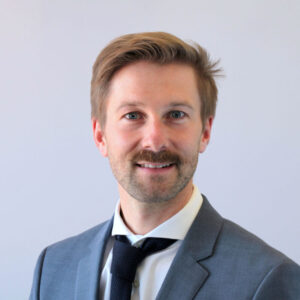
Contact information
Steffen Raach – contact@sowento.com
